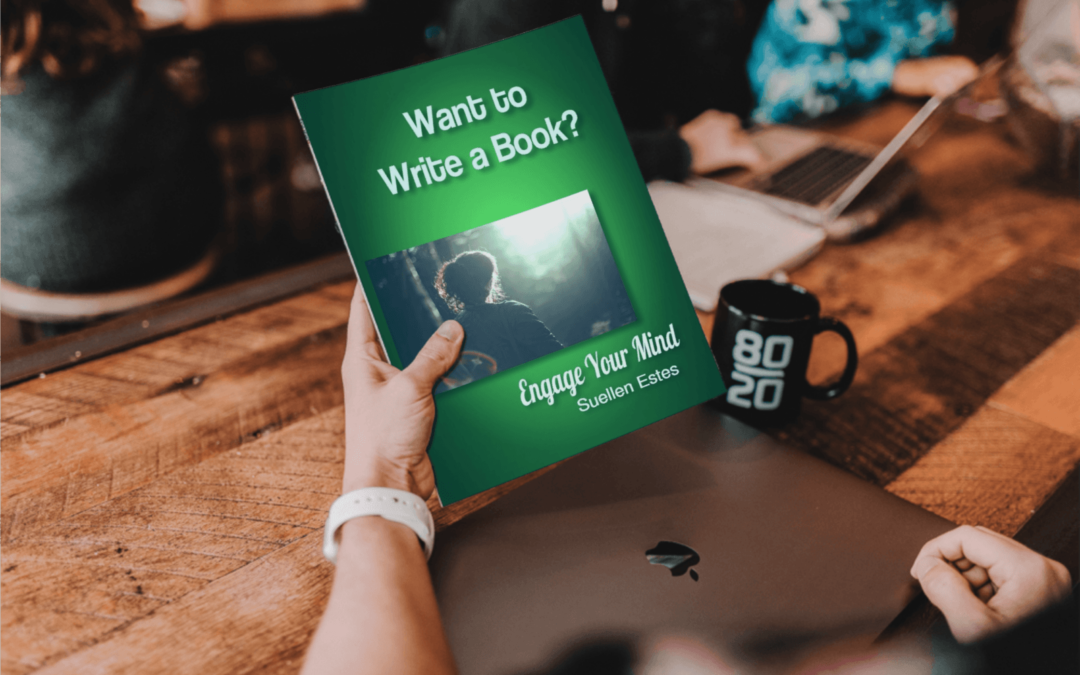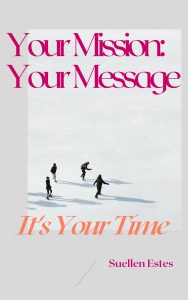You have these ideas circulating in your head, and you can hardly wait to start writing them down. You know your subject and you know it well. Maybe your area of expertise is Biblical understanding of marriage, or prayer, or finances, or ministry to women in crisis. If you’re already an expert in your niche, then you can probably sit down and write an article, a report, or an e-book without having to consult any sources.
Yet if you’re like most people, then you need to do some research before you start writing. Even if you are an expert, researching other resources can help you to expand the benefit of your writing. And if you want to end with an accurate, useful article, then you’d better be sure you do your research the right way.
So here are some tips…
Create Multiple Searches
You’ll get a wider variety of sources and information if you complete several Google searches. Let’s suppose you’re looking up information about prayer. You’d want to do several searches, such as:
- Praying for family
- Praying for children
- Praying for husband or wife
- Praying for revival
- Biblical prayer
- Christian prayer
- How to pray
These are just a few ideas. You will think of your own, but you will see that as you search, you will come up with quite a few sources of information.
Use Credible Sources
Anyone can put just about anything online. And that’s why it’s so important for you to get your information from credible sources only. This includes:
- Well-known experts. For example, you can trust people like Cindy Jacobs, Dutch Sheets, or Germaine Copeland in the prayer niche.
- Established authority sites. These are sites like Elijah List or John Bevere’s Messenger International.org which are known for providing high-quality information.
- News sites. Stick to major news sites, like Charisma News or Breaking Christian News.
- Academic and research sites. These include official university websites as well as research papers in peer-reviewed journals. Oral Roberts University or Lee University are just a couple of universities which would have valuable information.
Verify With Multiple Sources
Even if you are going through credible sources for your research, be sure to use multiple sources.
In other words, verify all facts with at least two or three credible sources. In the mouths of two or three witnesses let everything be established. (Deut. 19:15)
Make Notes
As you’re doing your research, take notes about important points. If you think of your own examples, stories or tips, write these down too.
That’s because you’re going to want to close all your sources before you start writing to avoid accidentally plagiarizing anyone else’s material. Thus you’ll refer to your notes rather than referring directly to a source.
Tip: In order to create truly original content, it’s best if you find your own fresh angle for the topic. For example, many writing books and articles refer to the importance of telling stories to illustrate your points and grab attention.
Credit Your Sources
If you’re using multiple sources to do your research on something which is written about often, like prayer, then generally you’ll find that the information is the same across these sources.
Thus you just need to write the information in your own words and add in your own unique tips, examples, and stories.
However, if you’re gathering research on something specific, and quoting someone exactly, then you need to cite your source.
In this case, you’d track down the original scholarly journal and cite this journal at the end of your article, report, or e-book.
In summary…
You need to make sure your information is accurate by researching a variety of credible sources. However, you also need to make sure that any content piece you create is completely original.
So while you can certainly use a content piece for inspiration and research, you cannot copy or merely “rewrite” other people’s work. Instead, you need to write all your content in your own words, preferably adding in your own experiences whenever possible.
The result is fresh information, drawing upon the experience of others, but filtered through your own understanding. That’s how you can inform and inspire your audience.
As you continue with your research, you will find many ideas which you might like to use in your own articles. By drawing upon the experience of others – as well as your own – you bring new inspiration to your audience.
You and your audience will be inspired as you do.










